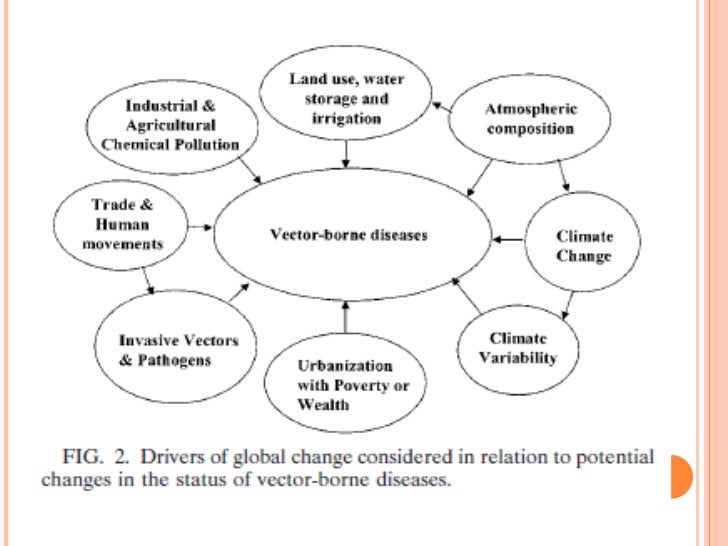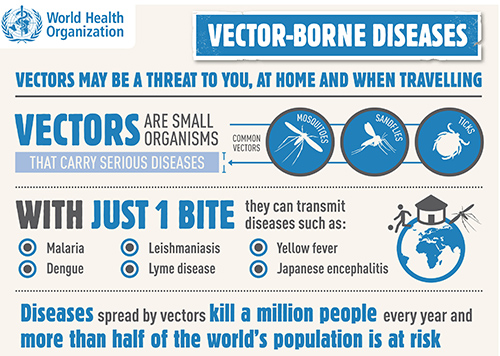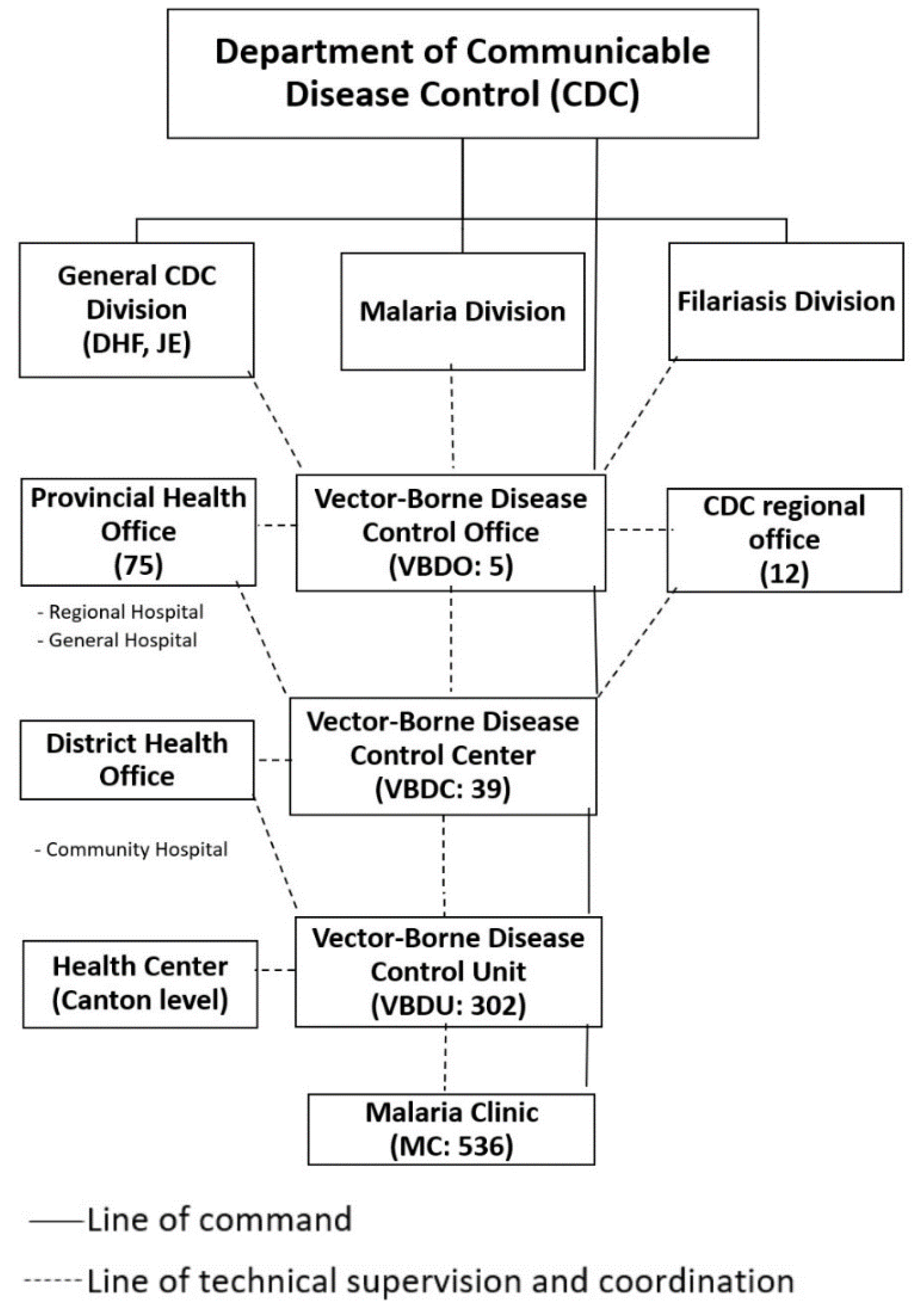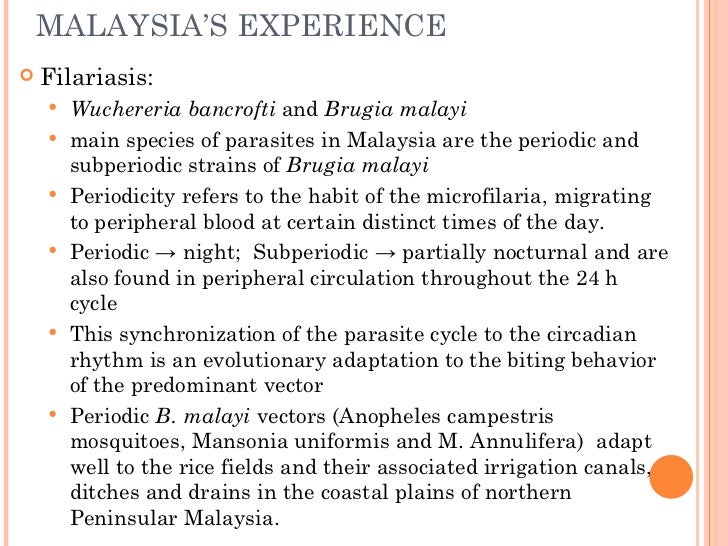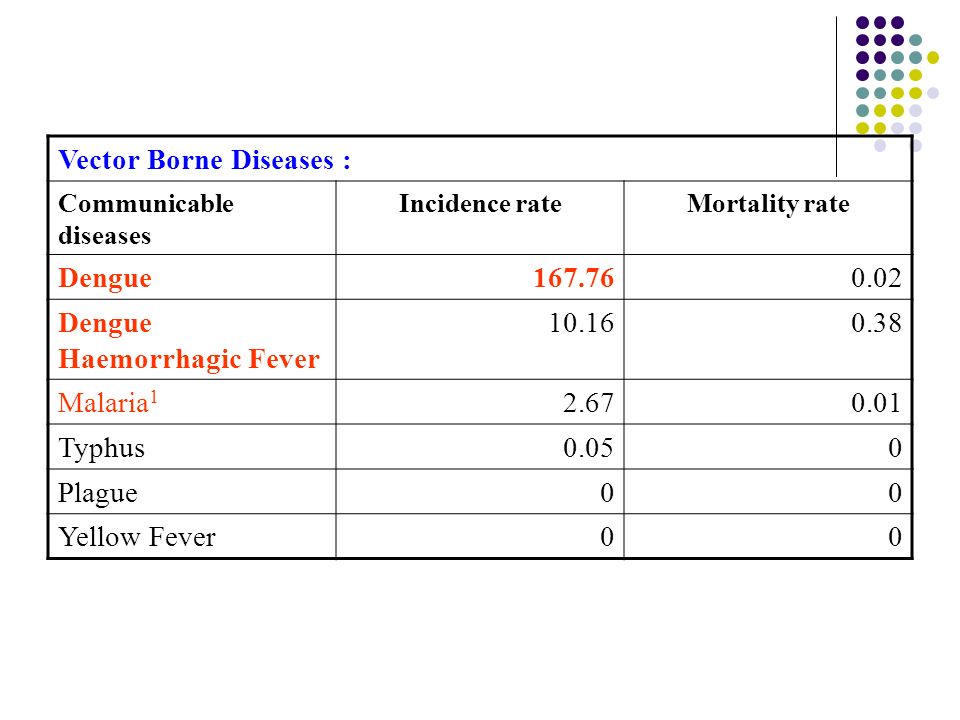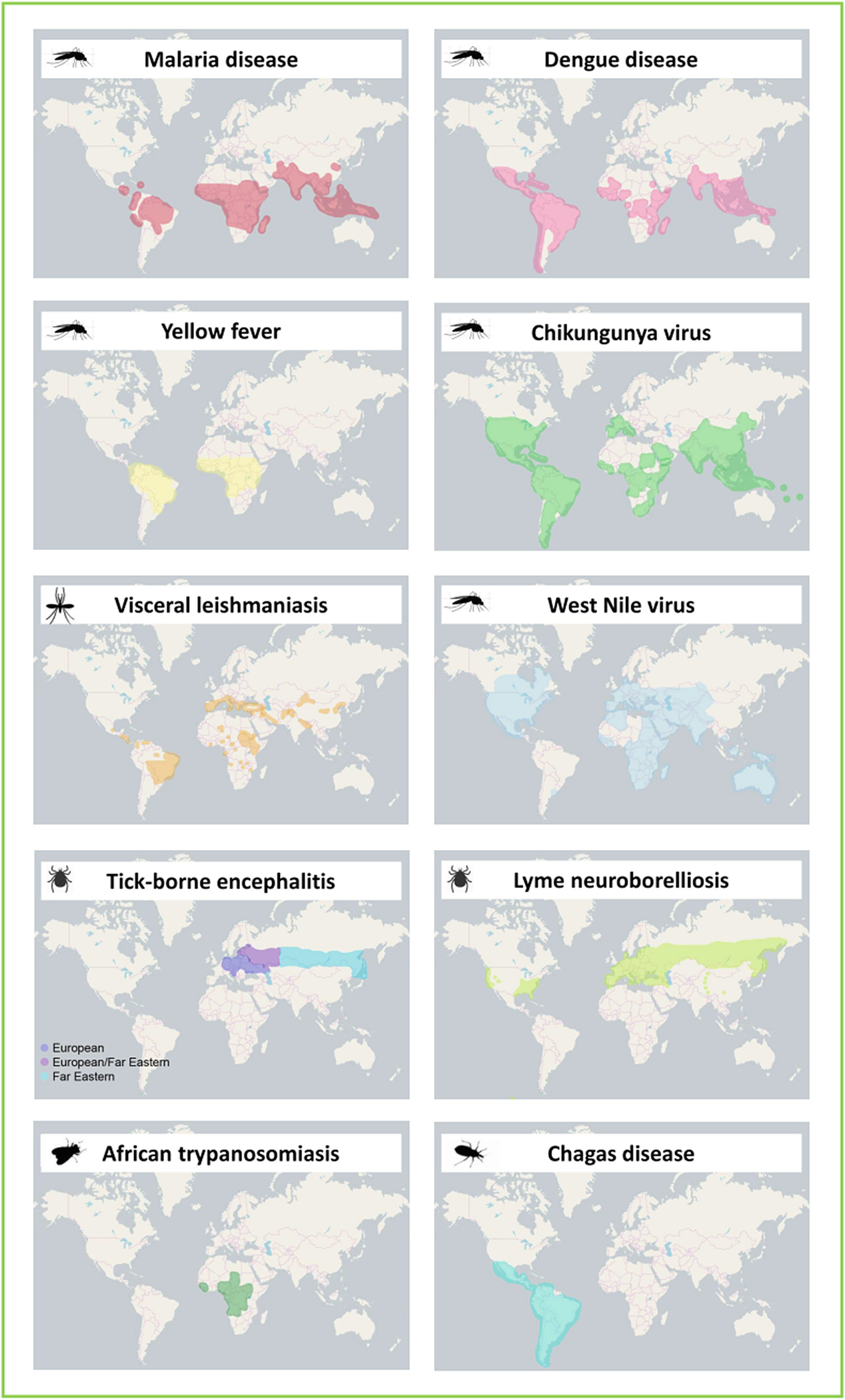Vector Borne Disease In Malaysia
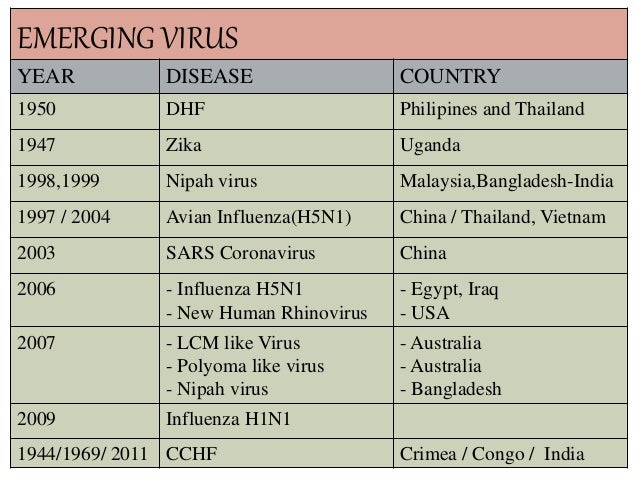
There is at present a lack of specific treatment and an effective tetravalent vaccine against dengue.
Vector borne disease in malaysia. Crimean congo hemorrhagic fever tick borne viral disease. Mortality rate is approximately 30. Df is the most important vector borne disease in malaysia in terms of disease and economic burdens. Our main research focus are vector and vector borne diseases emerging zoonotic diseases vaccine and protein therapeutics and biosafety biosecurity.
Seventy seven percent of malaysia s population lives in non malarious areas 14 6 in malaria prone areas and 8 4 in malarious areas. Geographic distribution includes africa asia the middle east and eastern europe. Every year there are more than 700 000 deaths from diseases such as malaria dengue schistosomiasis human african trypanosomiasis leishmaniasis chagas disease yellow fever japanese encephalitis and. The control of dengue depends solely on the suppression of the two most important vectors namely aedes aegypti and ae albopictus.
Vectors are the transmitters of disease causing organisms carrying them from the infected host to another uninfected guest. These diseases cause severe effects on the health socio economic status and development of an individual. Tidrec is one of the ministry of higher education malaysia s higher institution centre of excellence hicoe read more research. Vector borne diseases continue to be a threat in malaysia.
Dengue is a serious mosquito borne disease common in tropical and sub tropical countries including malaysia. Malaysia vector borne disease. Sudden onset of fever headache and muscle aches followed by hemorrhaging in the bowels urine nose and gums. The 46 171 dengue cases and 134 dengue deaths reported in the country in 2010 are by far much higher than those for other known vector borne diseases in malaysia.
Vector borne diseases vector borne diseases are human illnesses caused by parasites viruses and bacteria that are transmitted by vectors. This unit helps in the prevention and control of vector borne diseases such as dengue malaria zika chikugunya etc that is not a problem to public health. Being a tropical country malaysia is highly prone to be affected by these vector borne pathogenic diseases. Types of vector borne surveillance systems there were a total of 27 samples tested positive for chikungunya and 10 samples that were tested positive for leptospirosis.
Of the different diseases in this category malaria is probably the most important.


